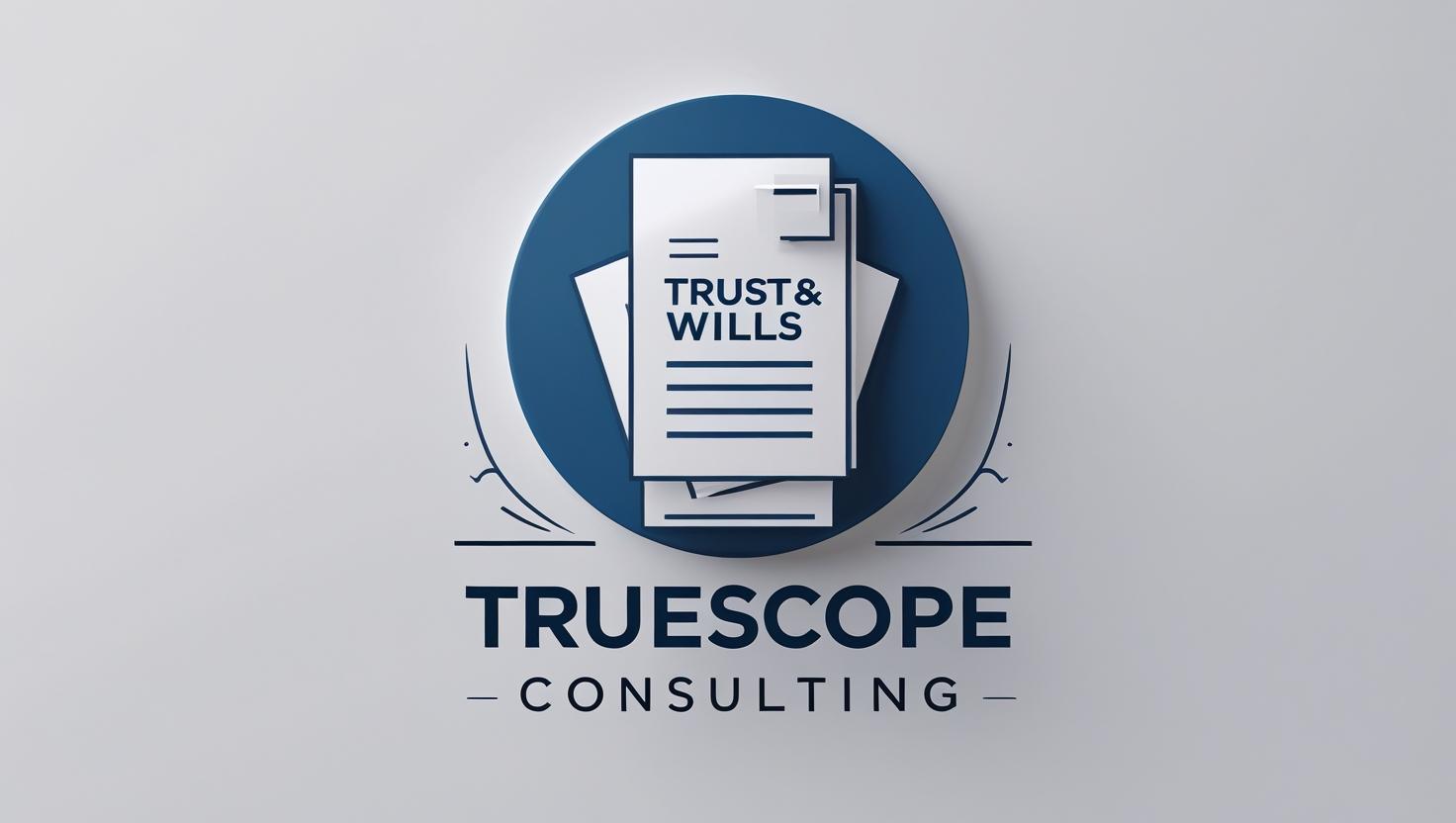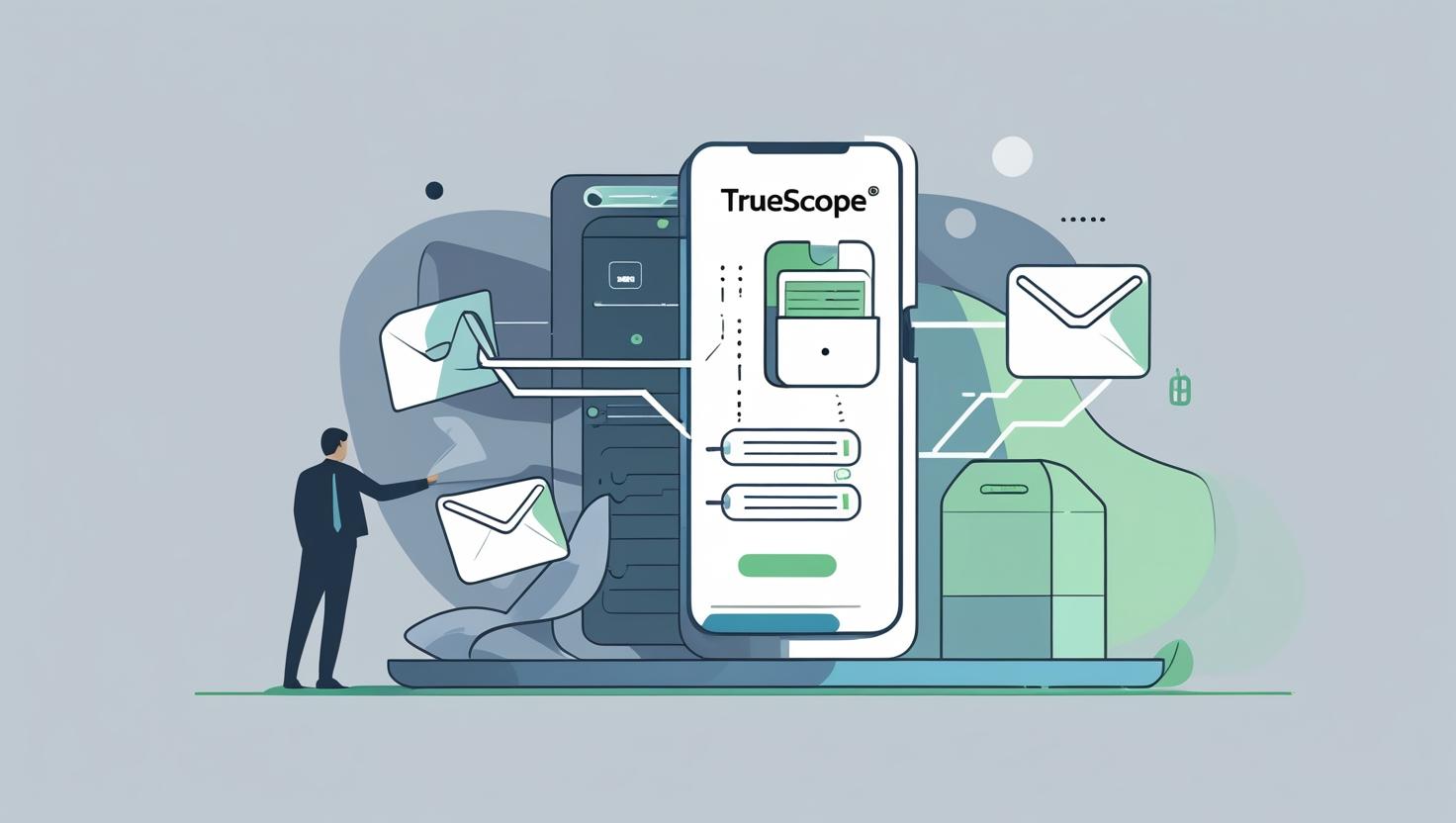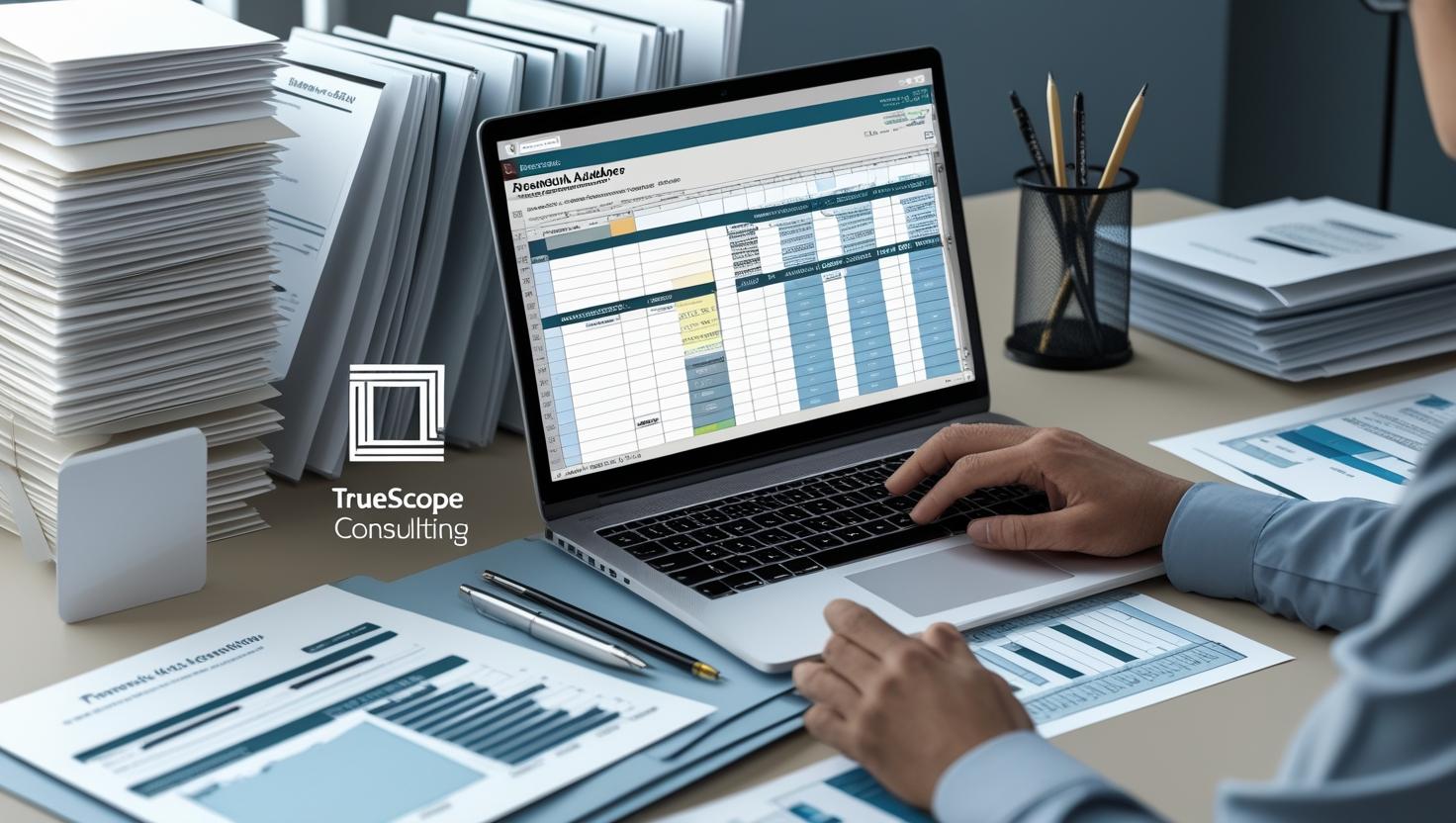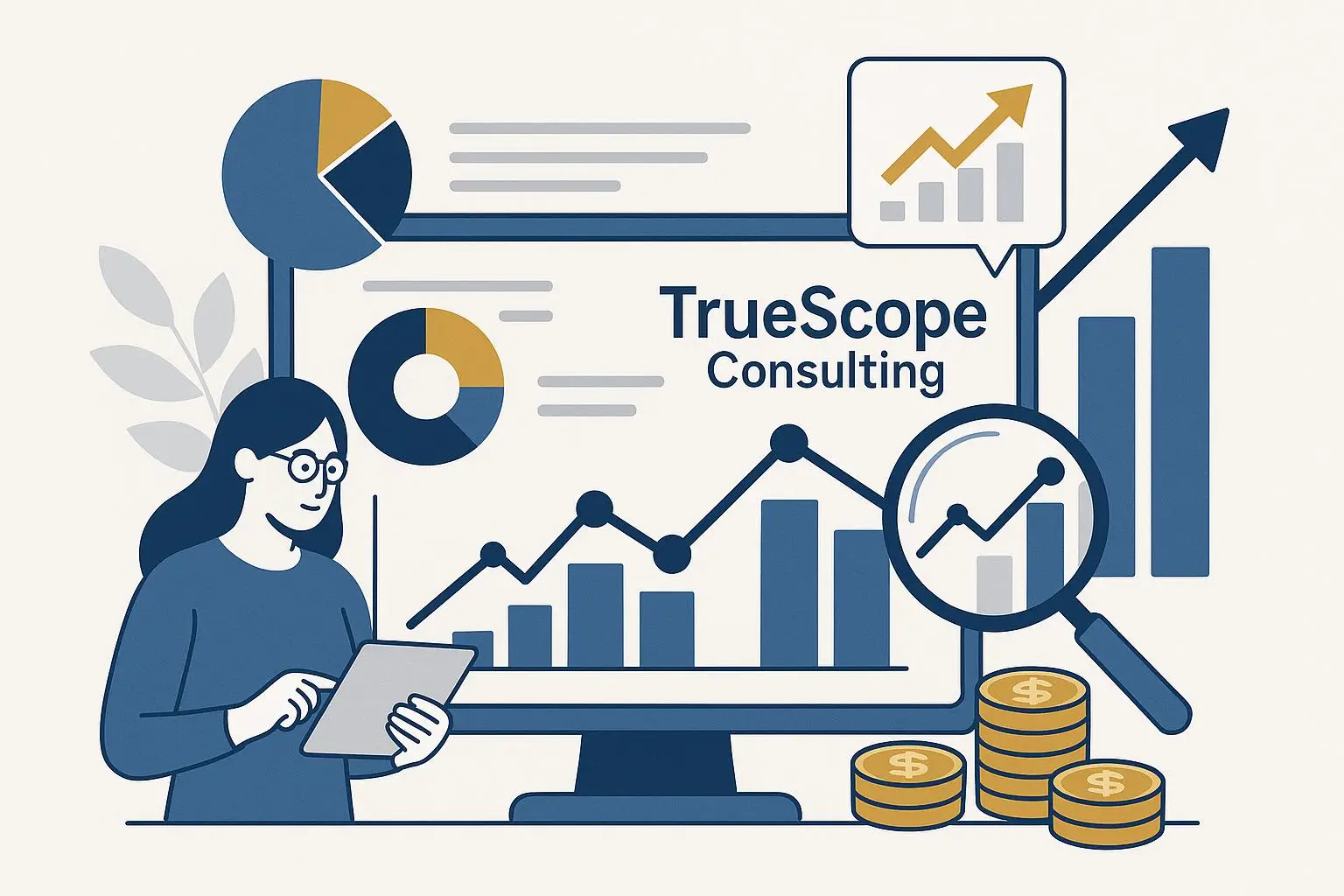Cryptocurrency fraud cases present unique challenges for attorneys – the evidence is often digital and decentralized, the bad actors may be anonymous, and the technical complexity can be daunting to judges and juries. Whether you’re prosecuting a crypto fraud or defending against such claims, a structured approach is essential. This step-by-step guide walks through how legal teams can effectively build a strong cryptocurrency fraud case, from the initial investigation through courtroom presentation. By combining traditional legal tactics with specialized blockchain forensics, attorneys can uncover the truth in crypto disputes and present compelling evidence that holds up in court.
Step 1: Secure and Preserve Digital Evidence
Like any fraud case, the first priority is to preserve evidence – but in crypto cases, much of that evidence is digital and can be easily lost or changed. Upon suspecting a crypto-related fraud, immediately secure all relevant accounts and devices:
- Wallets and Exchange Accounts: Work with the client to secure their crypto wallets (protect seed phrases, change passwords) and freeze any exchange accounts to prevent further transfers. If the court permits, seek emergency relief to freeze suspect accounts on exchanges.
- Transaction Records: Download and save transaction histories from exchanges, export wallet transaction logs, and take snapshots of any blockchain data (you can use blockchain explorers to print out the history of key addresses). Blockchain data is public and immutable, but it’s still wise to record the state of key accounts at the outset.
- Communications: Preserve emails, chat logs, social media messages, and any other communications related to the fraud. In crypto scams, communications (such as Telegram chats with a scammer or internal messages among conspirators) can be crucial evidence of intent.
- Devices: If applicable, secure any devices used in handling the crypto (computers, phones) for forensic imaging. They might contain wallet files, private keys, or records of transactions.
It’s important to act fast – crypto can be moved across the globe in minutes. If funds were stolen, assume the suspects will try to dissipate or obfuscate them quickly. An early asset-freeze injunction (if identifiable exchanges or services are involved) can save a lot of headache later. Chain of custody is also key: document every step of evidence collection to ensure admissibility. By preserving the digital trail immediately, you set a strong foundation for your case.
Step 2: Engage a Blockchain Forensics Expert
Cryptocurrency fraud investigations are highly technical. An attorney should bring in a forensic cryptocurrency expert as early as possible. These experts (often forensic accountants or cybersecurity professionals with blockchain expertise) will be your guides in analyzing blockchain data and tracing funds. They have access to advanced tools that go beyond what a layperson can do on a blockchain explorer.
For example, in a recent complex crypto fraud case, a company engaged a forensic consulting team (FTI Consulting) who provided critical support: they validated the client’s claims with deep analysis of the crypto infrastructure, traced the flow of funds through various wallets, and even uncovered evidence of fraud and racketeering across transactions. This included identifying unauthorized payments between wallets and linking them to the suspects. An expert of this nature can:
- Trace Transactions: Follow the path of cryptocurrency from the victim to the perpetrator (and beyond). They use software to cluster addresses and identify patterns that indicate which addresses might be controlled by the same entity.
- Analyze Smart Contracts or Code: If the fraud involves a DeFi project or smart contract vulnerability, they can audit the code to show how the exploit or scam was carried out.
- Quantify Losses: Calculate exactly how much was taken, when, and through what means, which is vital for damages.
- Identify Red Flags: Spot hallmarks of fraud (for instance, a mixer service used right after funds were stolen, or funds moving through an exchange known for lax KYC).
Engaging an expert early helps shape your legal strategy. They might point out additional parties involved or potential leads (such as “Funds went to Exchange X; we should subpoena Exchange X for user info”). Additionally, by having an expert on board, you ensure that evidence is interpreted correctly – you don’t want to misidentify a wallet and accuse the wrong entity. The expert will later serve as an expert witness if the case goes to trial, so vet their qualifications (experience with blockchain cases, prior testimony) to ensure they’ll be credible.
Step 3: Trace and Document the Cryptocurrency Flow
Working with your forensic expert, the next step is to trace the flow of crypto assets step by step. This is the heart of building a crypto fraud case: linking the stolen or misappropriated funds to the culprit. A systematic approach is key:
- Start from Known Points: Identify the addresses where the victim’s funds resided and the addresses to which they were sent. For example, if a client’s Bitcoin was stolen, get the address of the client’s wallet and see where the Bitcoin went after leaving that wallet.
- Follow the Trail: Use blockchain analytics tools to track each subsequent hop. The trail might branch out (funds split into multiple addresses) or converge (multiple inputs to one address). Document every step in a ledger or spreadsheet, noting amounts, timestamps, and addresses.
- Identify Exchanges or Cash-Out Points: Investigators look for points in the flow where the crypto might have been converted to fiat or passed through a regulated exchange. These are points where real-world identity might be discovered. For instance, if 100 BTC from a scam end up in a wallet on Coinbase, you’ll want to subpoena Coinbase.
- Use Heuristics and Clustering: Sophisticated tools like Chainalysis Reactor apply heuristics to cluster addresses that likely belong to the same entity. For example, one common heuristic is that if two addresses are used as inputs in a single transaction, they are probably controlled by the same person or group. This helps to reveal which addresses are part of the fraudster’s “wallet network.” Your expert can generate charts or graphs that illustrate these clusters, which can be very persuasive evidence.
As you trace, keep an evidence log for each address: when was it first and last seen, how much passed through it, what was its role (transit address, mixer, exchange deposit, etc.). This will feed into affidavits and exhibits later. In complex cases, your tracing might reveal additional victims or illegal activities (for example, discovering that the suspect wallet also received funds from other scams), which can strengthen your case or interest law enforcement. By the end of this step, you should have a clear transactional narrative: “Victim’s money went from Address A to B, then through C (a mixer), then to D (exchange), and so on, ending up at Address X which is controlled by the defendant.”
Step 4: Utilize Legal Tools – Subpoenas, Seizures, and More
With the blockchain tracing in hand, attorneys can now use legal processes to gather identifying evidence and secure assets:
- Subpoenas to Exchanges and Services: Any point in the crypto flow that touched a KYC-compliant entity (exchange, hosted wallet service, etc.) is an opportunity. Issue subpoenas or court orders to those companies for customer information, login IP addresses, transaction logs, etc., pertaining to the suspect addresses. For example, if your tracing shows stolen funds went to a Binance account, subpoena Binance (through the appropriate legal channel) to find out who owns that account. In the FTI case example, the investigators helped issue subpoenas to multiple exchanges to identify wallet owners.
- Seizure/Freeze Orders: If you’ve identified where the funds currently are (say, sitting in an exchange wallet or a specific address), consider obtaining a court order to freeze those assets. Law enforcement partners (or sometimes civil courts in fraud litigation) can issue asset freeze orders or writs of attachment on cryptocurrency. The exchange can then lock the account to prevent withdrawals. In some cases, law enforcement can actually seize crypto directly by obtaining the private keys (this typically requires cooperation from someone or hacking a device – not common in civil cases, but possible in criminal ones).
- Preservation Letters: Send preservation demands to any third parties who might have evidence (exchanges, ISP providers for IP logs, cloud storage if relevant). This ensures that data doesn’t get deleted while you’re going through the formal subpoena process.
- Mutual Legal Assistance Treaties (MLATs): If a crucial exchange or service is overseas, you may need to work with government agencies to get evidence via international channels. For criminal cases, MLATs can be invoked to obtain foreign records. In civil cases, consider hiring local counsel in that jurisdiction to compel evidence.
These legal tools connect the on-chain evidence to real-world identities. For example, a subpoena might reveal that a suspect address is controlled by “John Doe” with email XYZ and was accessed from an IP in a certain city. Now you can link the blockchain trail to a person. When deploying these tools, make sure your requests are precise – provide the exact blockchain addresses or transaction hashes to the third party so they can locate the data. Also, be prepared for compliance challenges; not all exchanges respond swiftly, and some may require a local court order if they are abroad.
Step 5: Develop a Clear Narrative and Build Your Case
By now, you likely have a trove of data: blockchain analyses, exchange records, communications, etc. The attorney’s job is to weave this into a compelling narrative that proves the fraud. Key tasks include:
- Linking the Evidence Together: Show how the communications tie the suspect to the scheme, how the blockchain transactions show the flow of money, and how the exchange records identify the suspect as the owner of the address that received the stolen funds. Essentially, connect the dots for the fact-finder.
- Chronology and Timeline: Prepare timelines of events and transactions. For instance, a timeline might show: on Date X, suspect promised victim a return; on Date Y, victim sent 5 BTC to Address A; the same day, those 5 BTC moved to Address B (suspect’s wallet); on Date Z, suspect bought a car with funds withdrawn from an exchange. A chronological storyline helps non-technical stakeholders see cause and effect.
- Expert Reports and Declarations: Have your forensic expert put their findings in a clear, written report (or declaration/affidavit for court motions). The report should explain the tracing process and findings in an accessible way. Visual aids are powerful – use charts of the fund flow, screenshots of blockchain transactions, etc., to illustrate key points. For example, a flow chart showing how 10 different victim payments all ended up in one wallet controlled by the defendant can be very compelling.
- Legal Framing: Fit the facts into legal causes of action or charges (fraud, conversion, theft, RICO if multiple actors and predicate crimes are involved, etc.). The technical evidence still must satisfy legal elements. Ensure you can demonstrate intent, misrepresentation, damages, etc., as required by the law, using the evidence assembled.
At this stage, consult with prosecutors or law enforcement if you’re in a civil context but see potential criminal prosecution (or vice versa). Sometimes parallel proceedings happen, and coordination is beneficial. Remember to anticipate defenses – for instance, a defendant might claim “it wasn’t me, someone hacked my account.” Be ready with evidence to rebut that (e.g., showing the defendant’s device or IP was used, or that they directly benefited from the funds).
Step 6: Prepare for Expert Testimony and Admissibility Challenges
Presenting cryptocurrency evidence in court involves translating technical details into understandable terms and defending the admissibility of novel evidence. Here’s how to proceed:
- Qualify Your Expert: Ensure your blockchain forensic expert’s credentials are highlighted. They should be prepared to explain blockchain concepts (what is a public ledger, how tracing works) in layman’s terms. They’ll also need to establish their methods are reliable. Courts apply standards (like Daubert or Frye) to expert testimony. Emphasize that blockchain analysis is based on mathematics and publicly verifiable data, and that the software tools used are widely accepted in law enforcement and industry.
- Explain the Technology to the Court: It may be useful to have a tutorial segment in the testimony or a pre-trial brief on how cryptocurrency works, what a blockchain is, etc. This provides context so the judge/jury aren’t lost when you delve into addresses and transactions.
- Admissibility of Blockchain Evidence: Be prepared for the defense to challenge the evidence as hearsay or not properly authenticated. However, numerous cases have now set a precedent that blockchain records are admissible and that expert analysis of them is valid. In a 2022 federal case, for instance, a court deemed blockchain tracing software (Chainalysis) results admissible, finding the techniques reliable and accepted in the community. You should cite such precedents to bolster your position. Authentication can be achieved through your expert who can testify that “Blockchain X is an open ledger; I can attest that Exhibit A is a true printout of the transaction record from that ledger for Address Y.” In many ways, it’s like admitting bank records – and courts are starting to treat it similarly.
- Simplify the Story: During testimony, use analogies. For example, describe a blockchain address like a bank account number, and a transaction like a wire transfer. Use demonstrative exhibits: charts, slides, even live walkthroughs of a blockchain explorer (if allowed) to show the jury how one address leads to another. The goal is to demystify the crypto aspect so that the case boils down to a familiar story of money stolen and traced to the culprit.
Motions in limine may be filed to pre-admit certain evidence or to limit potentially confusing technical jargon. Be proactive in addressing any juror confusion – perhaps by having your expert explicitly state that they personally verified each transaction on the blockchain and can explain it clearly.
Step 7: Present and Litigate the Case Effectively
When it comes time to present in court or in settlement negotiations, assemble everything into a compelling package:
- Opening Statement/Complaint Narrative: Frame the case as one of fraud that just happened to use cryptocurrency as a medium. Emphasize the harm and the deceit, not just the technical aspects.
- Witness Testimony: Besides the expert, have victims or investigators testify to the real-world impact and how the scheme was uncovered. For example, an investigator might narrate how they followed the digital money trail, complementing the expert’s deeper technical explanation.
- Visual Aids: Use timelines, flowcharts, and even animations if possible. A juror should be able to visually follow the path of money from the victim to the defendant.
- Anticipate Defense Tactics: The defense may claim, “Blockchain tracing is voodoo science” or “someone else had access to that wallet.” Your preparation in Step 6 will help here. Reinforce how consistent and precise the tracing was, and how multiple pieces of evidence point to the defendant (not just the blockchain record alone, but corroborating emails, exchange KYC info, etc.).
- Legal Arguments: Tie the evidence back to the law in your closing or motions – e.g., “We have shown a misrepresentation and reliance by the victim (through emails) and a transfer of assets as a result (through blockchain evidence), satisfying the elements of fraud.”
Remember that while the technology is novel, the story you are telling is one of crime and justice, which jurors and judges understand. Emphasize themes like greed, betrayal, and cover-up (the use of mixers, false names on exchanges, etc., shows consciousness of guilt). If you’ve done the work to translate the technical evidence into plain English, the fact-finder will be able to connect with these themes.
Finally, be mindful of precedent – crypto cases are still relatively new, and how you litigate this case might set an example. The courts are increasingly recognizing and admitting blockchain evidence as reliable, so by handling the evidence carefully and expertly, you contribute to building the judiciary’s comfort with such cases.
Conclusion: Handling a cryptocurrency fraud case may seem like venturing into a foreign land, but by methodically combining forensic technology with legal savvy, attorneys can navigate it successfully. By preserving evidence, leveraging experts, tracing the money, and utilizing the power of legal process, you can pull the mask off anonymous blockchain transactions and reveal the story of fraud they tell. As courts have started to acknowledge, digital trails on the blockchain can be as probative as paper trails – and with a solid step-by-step approach, you’ll turn that trail into justice for your client.






